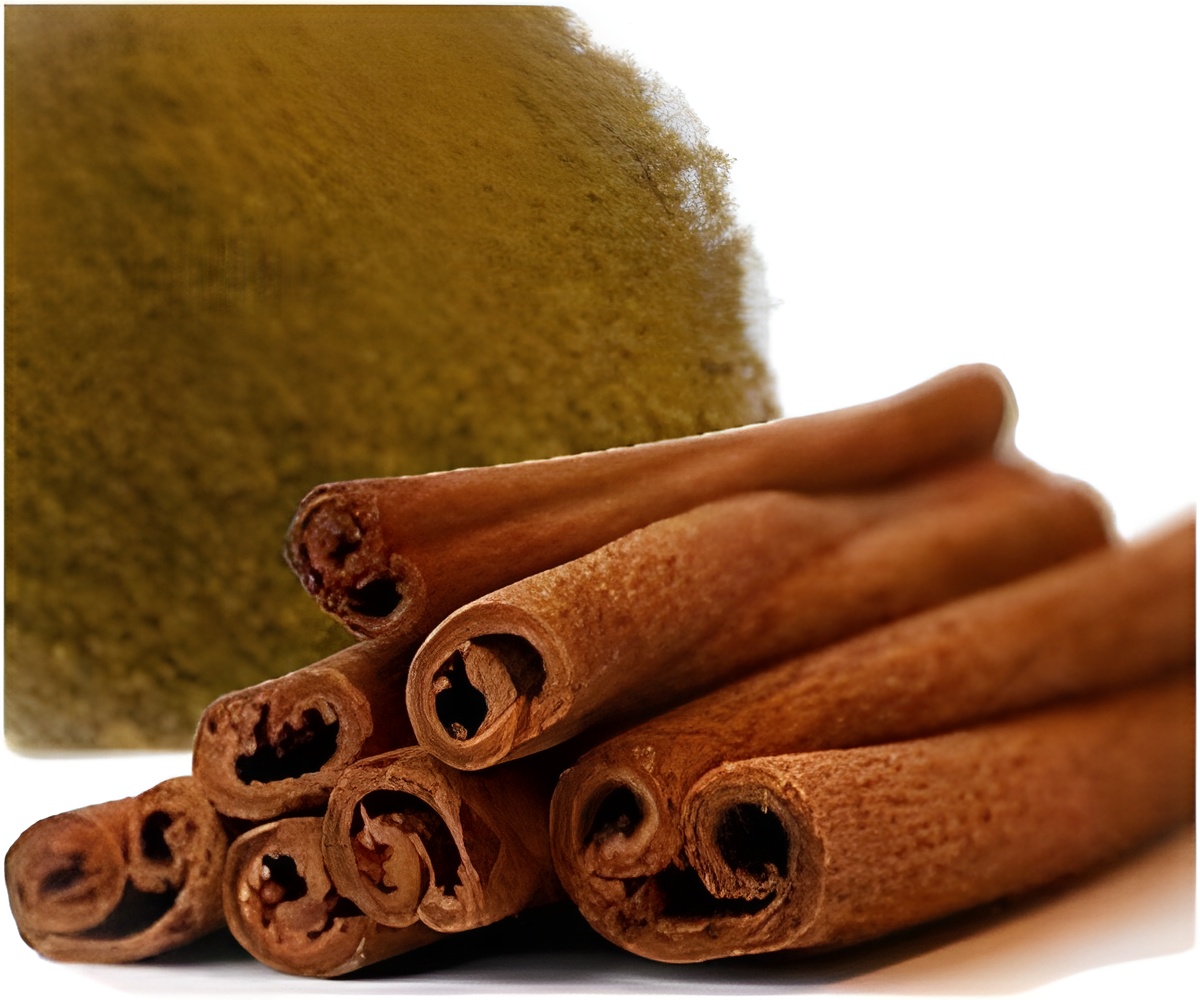
A University of California study two years ago found that an aqueous extract of Ceylon cinnamon (C. zeylanicum) could inhibit tau aggregation and filament formation, hallmarks of the Alzheimer’s disease.
But Prof. Ovadia says he was inspired to investigate the healing properties of cinnamon by a passage in the Bible. It describes high priests using the spice in a holy ointment, he explains, presumably meant to protect them from infectious diseases during sacrifices. After discovering that the cinnamon extract had antiviral properties, Prof. Ovadia empirically tested these properties in both laboratory and animal Alzheimer’s models.
The researchers isolated CEppt by grinding cinnamon and extracting the substance into an aqueous buffer solution. They then introduced this solution into the drinking water of mice that had been genetically altered to develop an aggressive form of Alzheimer’s disease, and fruit flies that had been mutated with a human gene that also stimulated Alzheimer’s disease and shortened their lifespan.
After four months, the researchers discovered that development of the disease had slowed remarkably and the animals’ activity levels and longevity were comparable to that of their healthy counterparts. The extract, explains Prof. Ovadia, inhibited the formation of toxic amyloid polypeptide oligomers and fibrils, which compose deposits of plaque found in the brains of Alzheimer’s patients.
In the test-tube model, the substance was also found to break up amyloid fibers, similar to those collected in the brain to kill neurons. According to Prof. Ovadia, this finding indicates that CEppt may not just fight against the development of the disease, but may help to cure it after Alzheimer’s molecules have already formed. In the future, he says, the team of researchers should work towards achieving the same result in animal models.
Advertisement
“The discovery is extremely exciting. While there are companies developing synthetic AD inhibiting substances, our extract would not be a drug with side effects, but a safe, natural substance that human beings have been consuming for millennia,” says Prof. Ovadia.
Advertisement
Source-Medindia







